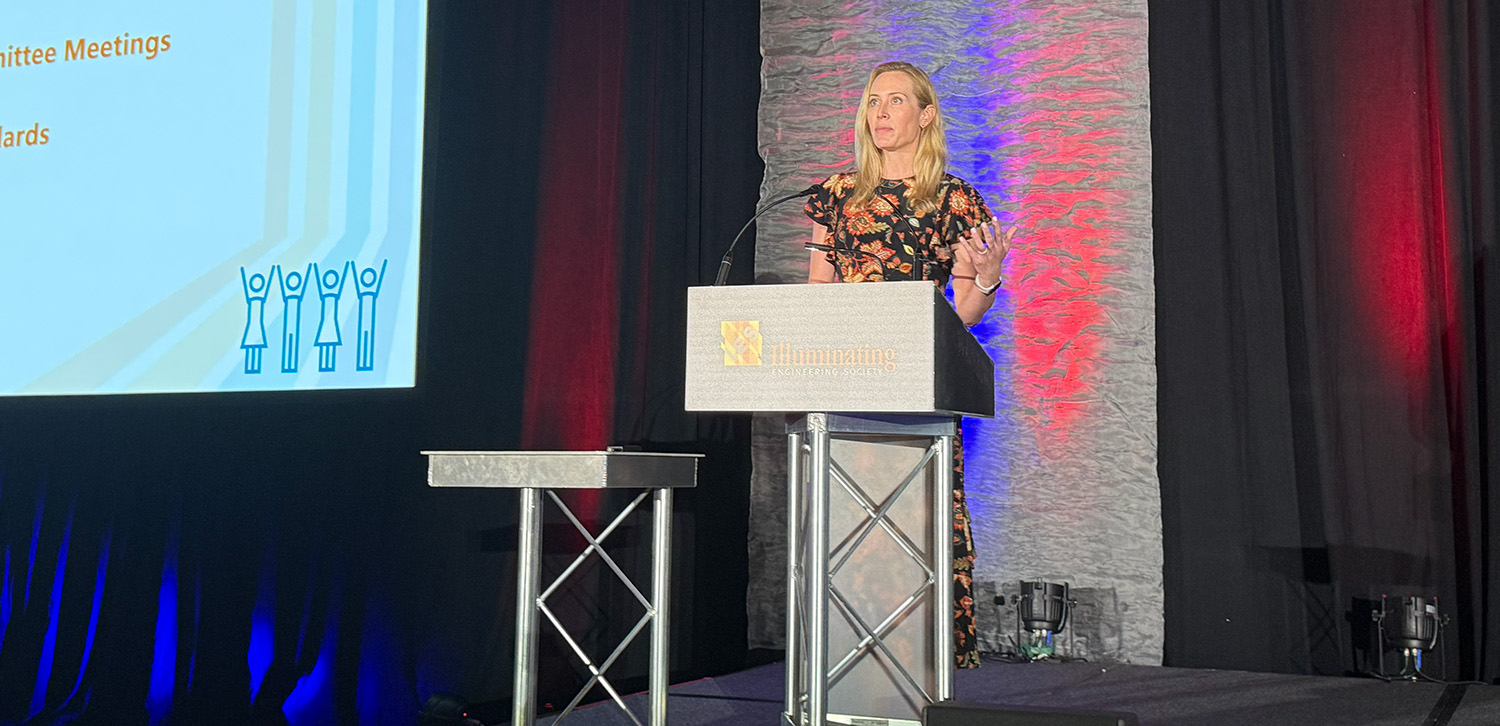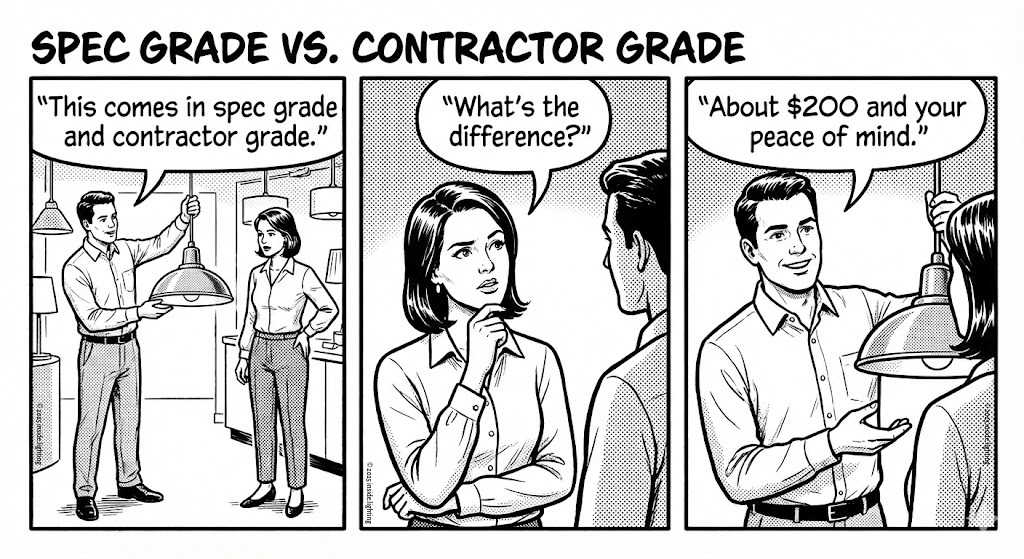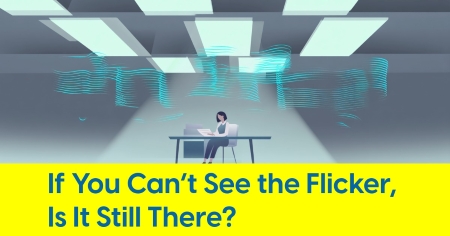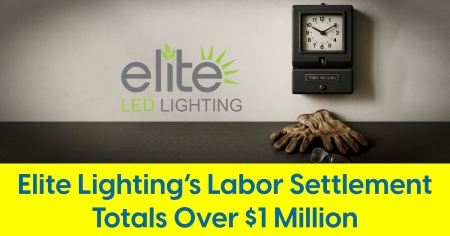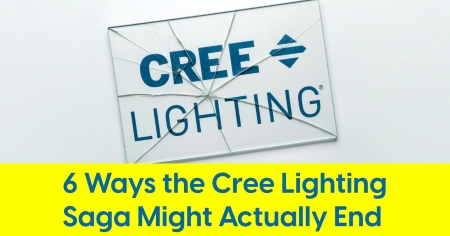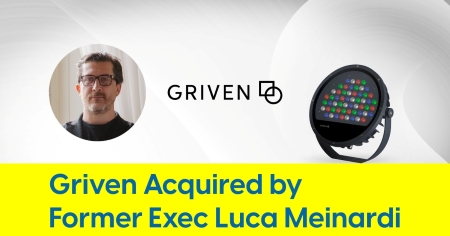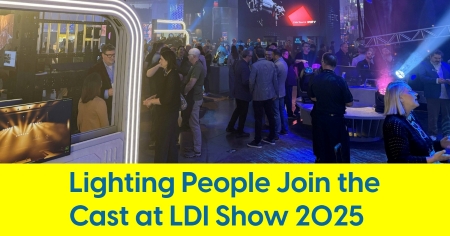October 8, 2025
IES Conference Profit Offers Glimpse of a New Financial Era
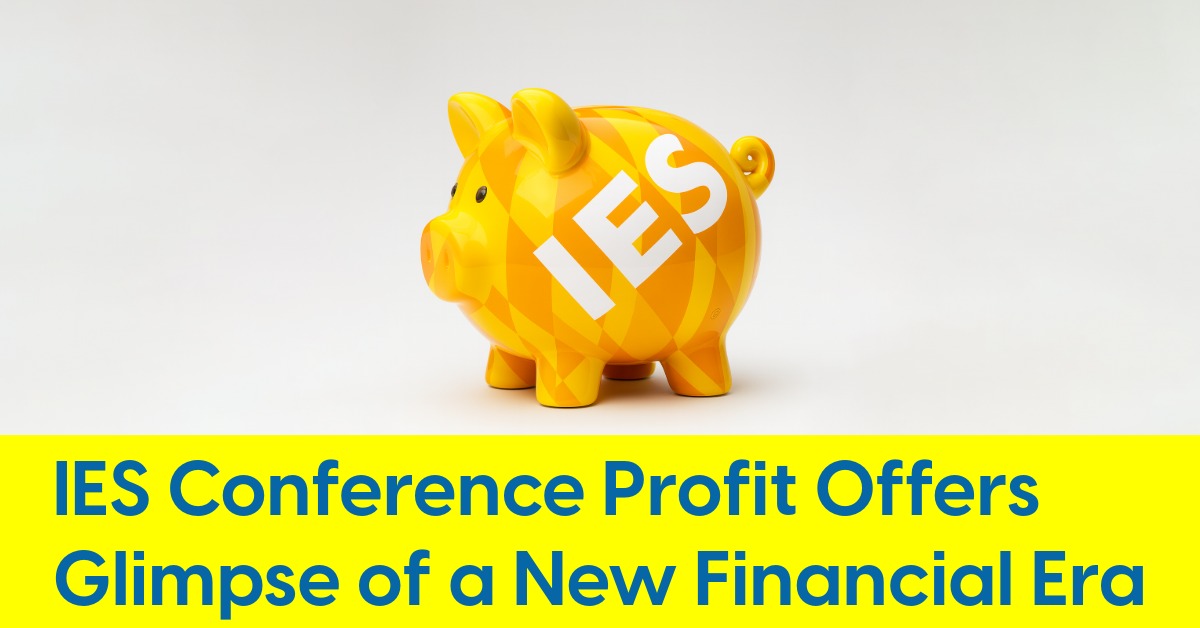
Modest surplus at IES25 signals shift from LightFair reliance to leaner strategy
They budgeted for a net loss. But it wasn’t.
According to the Illuminating Engineering Society (IES), this year’s annual conference ended in the black for the first time in its history — at least, based on the records available. We were unable to verify the financials for the inaugural gathering held on January 7, 1907, but it’s possible early IES leadership underestimated the catering costs of griddlecakes with stewed prunes. More than a century later, at IES25 in Anaheim, the Society served up a different kind of dish: a modest surplus, signaling a shift toward fiscal responsibility after years of mounting losses.
It’s a milestone, not a turnaround. The Society still faces a litany of structural challenges, from declining dues revenue to the evaporation of its once-reliable LightFair profits. But the leaner, more measured IES now seems committed to a path of fiscal responsibility — one that aims to sustain operations without propping up unprofitable events or relying on windfalls from trade shows that no longer deliver.
From LightFair Windfalls to Leaner Math
In the 2010s, LightFair was a golden goose. With IES holding a one-third ownership stake, the annual mega-event routinely netted over $2.5 million in revenue for the Society. That money covered shortfalls elsewhere and helped fuel a larger operational footprint. But in the post-COVID era, LightFair is smaller, now biennial, and far less lucrative. The reliable surplus is gone.
The loss of that safety net has forced IES to right-size its operations. That’s meant reducing staff, downsizing headquarters, spinning off LD+A Magazine, trimming non-essential expenses, and reassessing the financial viability of long-running events like the Street and Area Lighting Conference and the Annual Conference — both of which had historically operated at a loss. This year, IES25 proved that with enough belt-tightening, a major event could break even — or better.
Attendees of IES25 may have noticed some of those cuts firsthand, but we heard no complaints. Gone were the days of endless coffee stations and plated luncheons. Buffets and less frequent F&B offerings defined the Anaheim experience. Yet, the shift didn’t seem to diminish the event’s core value: education, standards, and community.
A Surplus Built on Scarcity
The path to a conference surplus came not through windfall revenues but through meticulous cost control. As Colleen Harper, IES CEO & Executive Director, shared with Inside Lighting, the modest surplus at IES25 stemmed from “careful planning, strategic budgeting, and the support of the lighting community.” Harper was clear: this isn’t champagne-worthy, but it is a signal that the Society can host events without bleeding cash.
Still, the margin was small. And with the financial picture of the September Street and Area Lighting Conference (SALC) still unreported, it remains unclear whether the Society’s belt-tightening will deliver broader balance or just isolated wins.
The Membership Bet
Looking ahead, the Society’s financial hopes hinge less on LightFair or one-off surpluses and more on a bold, if uncertain, membership growth plan. The goal according to IES Vice President, Jared Smith, grow from 4,500 members in 2025 to 7,500 by the end of 2029, while shifting dues revenue from 24% to 70% of the overall budget.
It’s a dramatic pivot — one that would require consistent new member acquisition, improved retention systems, and a compelling value proposition for professionals who have increasingly chosen not to renew. Whether that pivot succeeds may ultimately determine whether the Society stabilizes or continues to contract.
For now, IES25’s small surplus represents more than just balanced books. It’s proof of concept for a more disciplined, less LightFair-dependent financial model. But it’s only the beginning.
